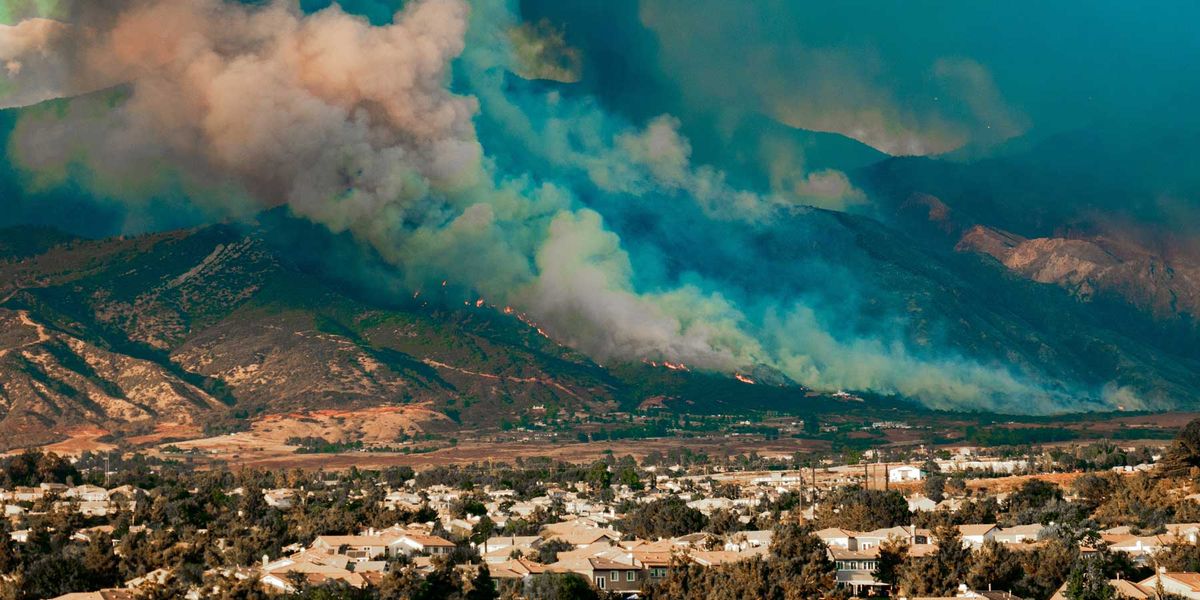
FEMA’s Mitigation Assessment Team Releases First Report in the Aftermath of a Wildfire
Posted: Aug. 10, 2023
- 1 min read
- Find similar articles:
- Wildfire and WUI
- Data
- Codes and Standards
- Fire Investigation
- Leadership
- Planning
A newly released Federal Emergency Management Agency (FEMA) Mitigation Assessment Team (MAT) report on the 2021 Marshall Fire is the first FEMA publication to evaluate building performance and share observations in the aftermath of a wildfire.
FEMA studied this fire because the weather conditions and impacts on the built environment in the nontraditional wildland urban interface highlight risks that need to be better understood by planners, developers, government officials and the public at large both locally in Colorado and nationwide.
Several factors have been attributed to the devastation caused by the Marshall Fire:
extreme winds (some at 115 mph)
long-term drought
unseasonably high temperatures
limitations in existing wildfire safety and planning regulations
The fire destroyed 1,000 single- and multifamily homes and commercial structures in Louisville, Superior, and unincorporated Boulder County, Colorado. Because of the unique nature of the incident, a fast-moving grass fire became a highly destructive urban conflagration that directly and indirectly impacted several communities and the greater Boulder County area.
As a result, the FEMA Building Science Disaster Support Program deployed its first-ever wildfire MAT to evaluate building performance during the fire.
In the report, learn more about some unique observations made by the team:
- how building components prevented or contributed to the spread of fire to structures,
- how neighborhoods with homes that had less than 30 feet of separation suffered greater losses,
- how unmanaged drainage ditches throughout the area acted as “wildfire superhighways,” facilitating the rapid spread of wildfire through the community.
The report and 7 accompanying documents can be used by planners, fire departments and community leaders to help create better wildfire planning documents, as well as develop and implement more effective wildfire mitigation projects including structure and landscape improvements.
